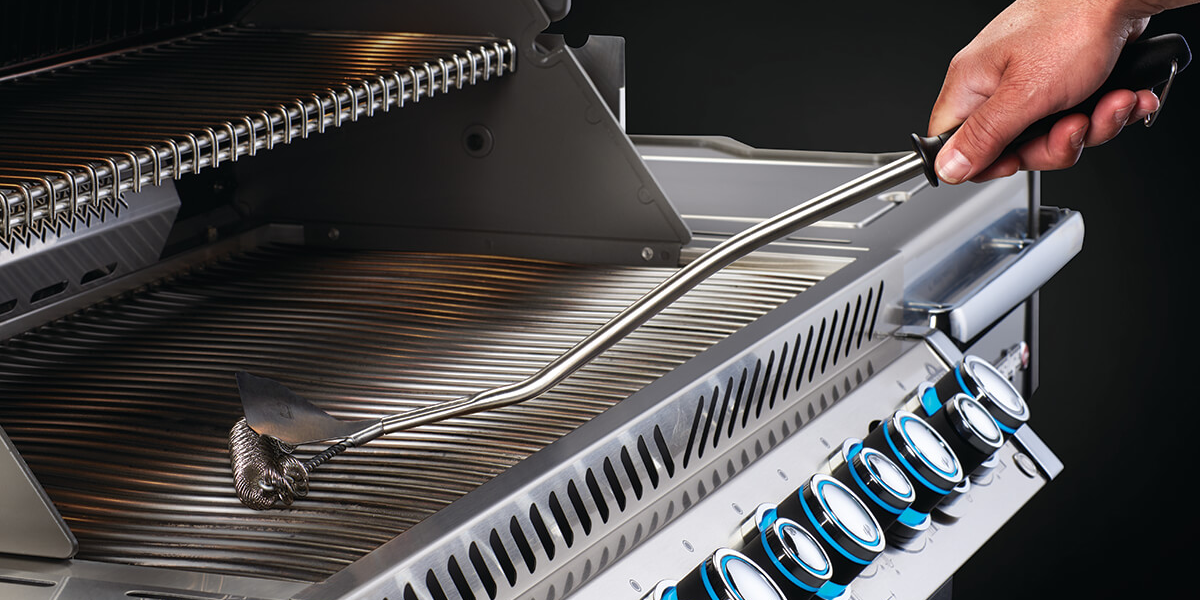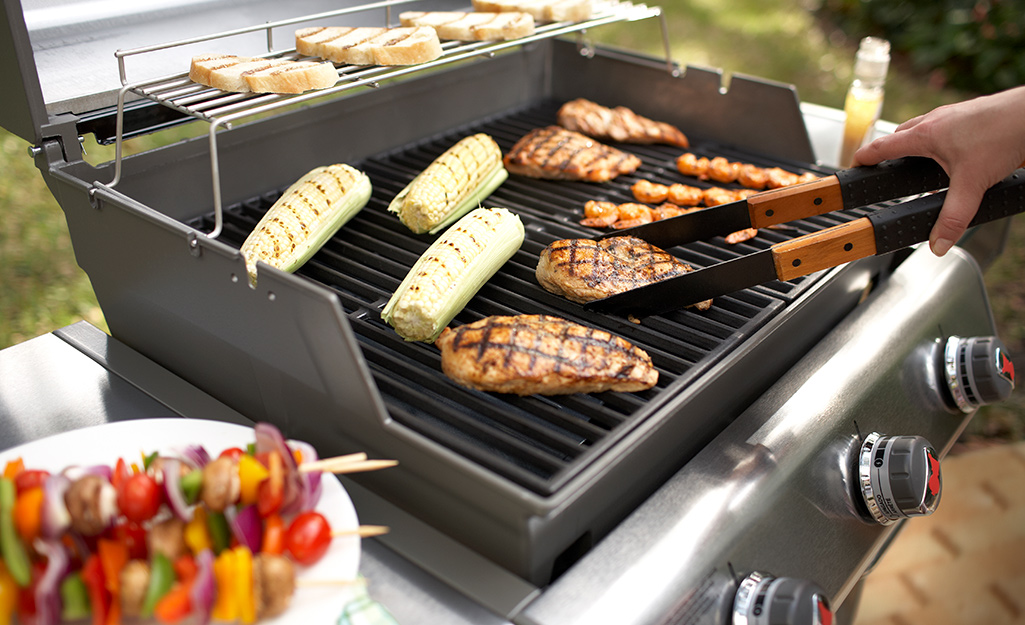Flat vs Raised Grill Grates: Which is Best for Your Barbecue?
Written By James Morgan
For any barbecue enthusiast, the choice between flat vs raised grill grates is more than just a trivial decision. It's a critical factor that can influence the outcome of your grilling experience. Whether you're a seasoned pitmaster or a backyard griller, understanding the nuances of these two types of grill grates can have a profound impact on your culinary results.
At first glance, grill grates may seem like a simple piece of equipment, but they play a pivotal role in ensuring your food is cooked to perfection. From heat distribution to sear marks, the design of the grate can affect everything. So, let's delve deeper into the world of flat vs raised grill grates and uncover which one might be the right fit for your grilling needs.

Understanding Flat Grill Grates
Flat grill grates are characterized by their smooth surface. They offer even heat distribution, making them ideal for foods that require consistent cooking temperatures. This type of grate is particularly beneficial when grilling delicate items such as fish or vegetables. The flat surface prevents smaller items from falling through the gaps, ensuring they cook evenly without losing their structure.
One of the most appealing aspects of flat grill grates is their ease of cleaning. Due to their smooth design, food particles are less likely to stick, and any residue can be easily wiped away. This makes them a favorite among those who prefer quick clean-up after a hearty barbecue session.
Exploring Raised Grill Grates
In contrast, raised grill grates are designed with elevated ridges. This design is perfect for achieving those coveted sear marks that many grill enthusiasts strive for. The ridges allow for greater airflow and heat penetration, which is essential for getting that perfect char on your steak or burgers.
The primary advantage of raised grill grates is their ability to give food an intense, smoky flavor. The ridges create pockets of heat that enhance the Maillard reaction, resulting in a rich, savory crust. However, this design may pose a challenge when grilling smaller items, as they may slip through the gaps.
Comparing Heat Distribution
When it comes to heat distribution, flat grill grates have the upper hand. Their uniform surface ensures that heat is evenly spread across the cooking area, minimizing the risk of hot spots. This is particularly advantageous when grilling foods that require gentle, consistent cooking, such as chicken breasts or pork chops.
On the other hand, raised grill grates excel in delivering intense heat to specific areas. The elevated ridges concentrate heat, allowing for quick searing and caramelization. This makes them a popular choice for those who prioritize flavor and texture in their grilled meats.
Cleaning and Maintenance
Cleaning is an essential aspect of grill maintenance, and the design of your grill grate plays a significant role in this process. As mentioned earlier, flat grill grates are easier to clean due to their smooth surface. A simple wipe-down with a grill brush or cloth is often sufficient to remove any residue.
Conversely, raised grill grates may require more effort to clean. The ridges can trap food particles and grease, necessitating a more thorough scrubbing. However, the payoff is worth it for many grillers who appreciate the flavor benefits these grates provide.

Making the Right Choice
The decision between flat vs raised grill grates ultimately depends on your personal grilling preferences and priorities. If you value even heat distribution and ease of cleaning, flat grill grates may be the way to go. They are especially useful for grilling delicate items that require gentle handling.
However, if you crave bold, smoky flavors and enjoy the challenge of mastering searing techniques, raised grill grates might be more your style. The distinct grill marks and enhanced flavor make them a favorite among many barbecue enthusiasts.
For a more in-depth comparison of grill grates, you can explore this Grill Grate vs Weber Grates article.
Frequently Asked Questions
Are flat grill grates better for vegetables?
Yes, flat grill grates are ideal for grilling vegetables as they provide even heat distribution and prevent smaller items from slipping through the gaps.
Do raised grill grates require more maintenance?
Raised grill grates may require more effort to clean due to their ridged design, which can trap food particles and grease. However, regular maintenance can mitigate this issue.
Can I achieve good sear marks with flat grill grates?
While flat grill grates excel in even cooking, they may not provide the pronounced sear marks that raised grill grates do. If sear marks are a priority, consider using raised grates.
For more information on maintaining your grill, check out this guide on seasoning grill grates.
Ultimately, the choice between flat vs raised grill grates comes down to personal preference and the type of grilling experience you seek. Both have their unique advantages and can significantly enhance your barbecue sessions.
For a detailed analysis of grill grate options, visit this Science of GrillGrates resource.



